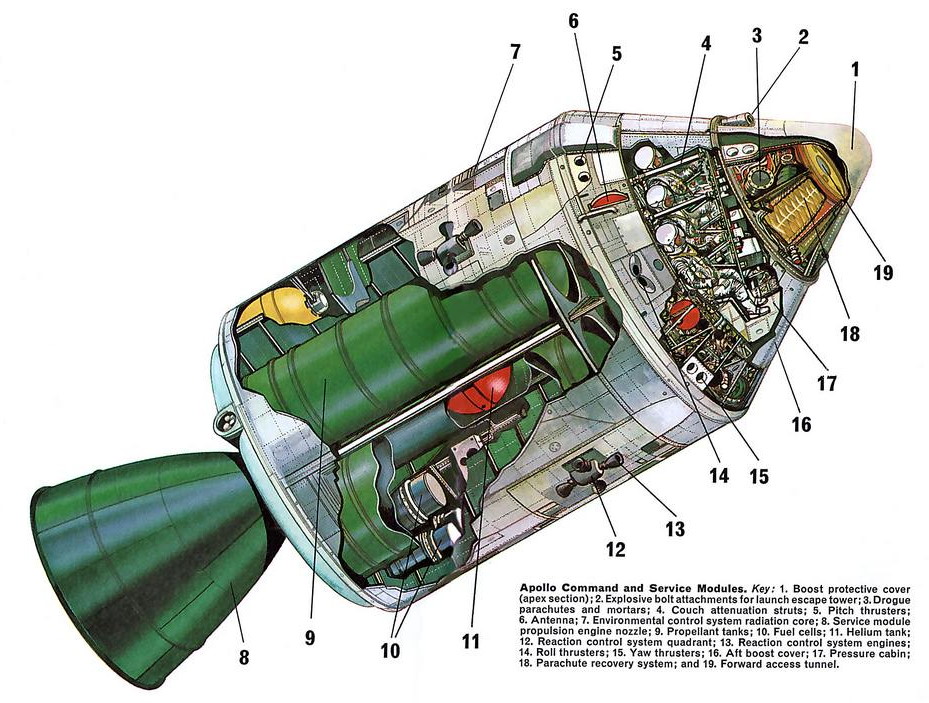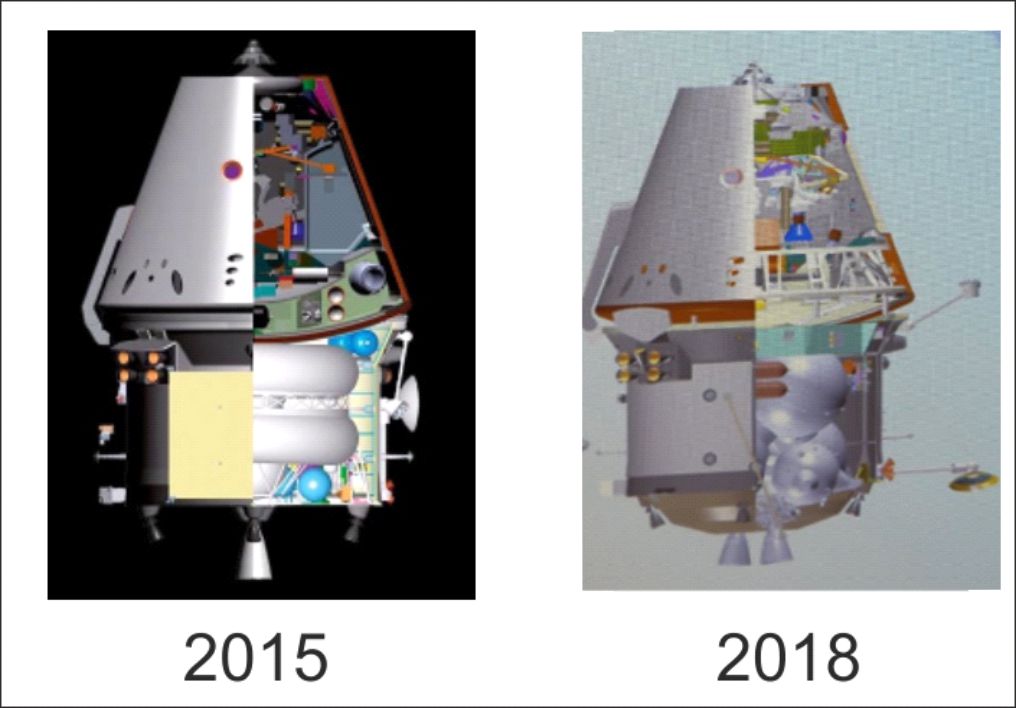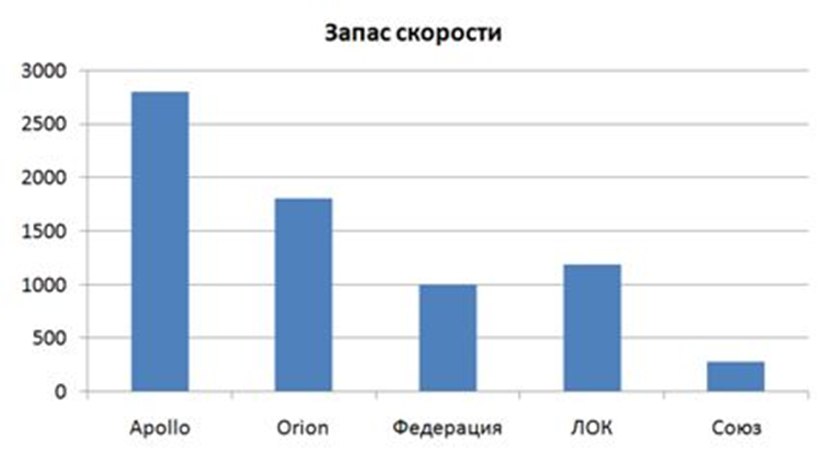On the way of Sergei Pavlovich Korolev. Modern Russian manned project. Part 1. "Federation"

I decided to move away a bit from historical excursions and speak out on another burning issue. Moreover, our lunar projects are slowly moving into the implementation stage, so the question is really relevant.
Yes, we will talk about our project of a manned flight to the moon. That is, about a project in which many do not believe, which is often ridiculed; Nevertheless, all these years he has been developing quite seriously. Any changes are visible only in time. I will not even argue that the project will definitely be implemented - it depends on too many factors. Nevertheless, there is development, and we will have to see a lot in the gland in the coming years. And I can not even blame the skeptics, since there have not yet been any sensible descriptions. Although all the information is open, it is scattered among a very large number of presentations and interviews.
')
I would like to note that all the vicissitudes deserve a separate book, which I may write.
So, the story began about ten years ago. The head of the Center for Manned Programs of the Central Research Institute of Mechanical Engineering, Doctor of Technical Sciences, George Karabajak, recalls this key point:
“We had a big NTS at TsNIImash, we conferred for more than 8 hours with representatives of 13 organizations on the topic of whether we should go to the Moon or Mars. As a result, they made a collective decision to stay on the lunar direction. ”
The first visible result of this decision was the closure of the Clipper project. The project is interesting, but it was optimized for transport operations in Earth orbit. RSC Energia tried to make an interplanetary version at its base, however, it soon became apparent that it was better to start developing a new ship from scratch. Moreover, the capsular version is somewhat closer to the experience of this organization than the winged one with landing on the airfield.
Now we know this ship (apparently, not for long) under the name "Federation". And according to recent reports, his drawings have already been fixed and the production of the first flight copy began. But for ten years we have not only developed this ship. Different NIRs was much more.
There was such an old Soviet film "I'm going to look." In it, a novice shows his drawing to an experienced engineer:
- Not bad ... Seventh option?
- How did you guess?
- On the twenty-seventh you will understand.
So our lunar program is perhaps not the twenty-seventh option, but somewhere in the twentieth. Much has already been dropped, and key elements are identified. And if you do not look at the essence of the project and do not observe it in development, this can be misunderstood.
What does our lunar program look like today? Let's figure it out. First, let's try to understand why we need the “Federation”, because we already have the Soyuz ship.
Lunar orbit
First you need to understand that all current projects - both development and study - are connected with the exit of the stations into the orbit of the moon’s satellite. Serious flying missions are a thing of the past. It is from the lunar orbit that it is convenient to study its surface. It is convenient to assemble an orbital station in lunar orbit. It is in the lunar orbit that it is energetically convenient to wait for the landing ship after taking off from the Moon. It was through the lunar orbit that Apollos flew to the moon.

An example of the flight scheme. One can see the start to the Earth, the exit to the lunar orbit, the disconnection with the landing module, the docking with it after take-off from the Moon and the start to the Earth.
In other words, in order to successfully accomplish manned missions, it is desirable to be able to go into the orbit of the moon's satellite and launch from this orbit to Earth.
The ballistic features of the trip from the Earth to the Moon are such that approximately 800 m / s is required for the deceleration required to enter the Moon’s orbit from the flight trajectory. The task is not completely symmetrical, but for launching from orbit when returning to Earth, approximately the same impulse will be required.
In other words, the total impulse of the ship should be somewhere 1600 m / s. We can also recall the corrections both on the Earth-Moon route and on the Moon’s orbit. Also, the polar orbit is considered first of all, it is even more difficult to reach it.
Unfortunately, the numbers say little about the mission pattern. Dial this speed in different ways. So far, two schemes have been developed for the flight to the Moon, which, although they solved one problem, were ideologically very different from each other. Let's call these flight options a scheme like "Apollo" and "H1-L3".
Apollo scheme
In this scheme, the orbital spacecraft, the so-called command and service module (CSM), responded for braking when the satellite of the Moon entered orbit and when starting from its given orbit. Moreover, he had to put into orbit not only himself, but also a heavy landing module weighing about 14.5 tons. This is clearly seen in the diagram below:

Because of this, his characteristic speed (the maximum speed that he could dial) was very high, much more than 1600 m / s. The ship itself, in fact, consisted of fuel. With the total mass of the ship at 28 tons, 18 tons was spent on fuel: the stock is so large that it is unlikely that a manned ship will appear in the near future, which will be compared with it in energy.
Here is his cut. Huge cylindrical fuel tanks are clearly visible.

Scheme "H1-L3"
Unlike Apollo, in our scheme for braking and going into orbit of the Moon, a separate D block was already responsible.

On this diagram all our bundle is visible. Moreover, the “D” block was also responsible for the possible additional acceleration on the way to the Moon, entering the lunar orbit and testing most of the impulse for landing the LC.

The orbital ship (he went under the abbreviation LOC) had to work out only the impulse to go to the flight path to the Earth. However, the minimum characteristic speed of 800 m / s is not a joke, and LOC was a record holder in terms of fuel reserves among our ships. The total mass of the ship was 9.8 tons, of which 3.1 tons were fuel.
Modern ships
Now let's compare the Apollo and LOC with the energetics of modern ships intended for flights to the Moon. Namely - "Orion" and "Federation".
I would like to draw your attention to the fact that the choice of one of the above schemes is very important. Such a choice should have been made at the very beginning of the design of the mission, and all systems had to be calculated precisely for such schemes. It should also be noted: due to the fact that the ships have not yet flown, and during their development, much has changed, to find accurate data is quite difficult. For example, when developing the Orion, the aggregate compartment with fuel was radically changed. He even changed the country of the manufacturer: if initially it was supposed to be made in the USA, then now it is made by Europe.

As a result, many figures “float”, since they apparently belong to different times. For example, the weight of “Orion” is indicated at 25 tons. When I summed it up, I received 24 tons. Or the total ship's XC - 1800 m / s, while I got 1500.
Probably, the fact is that many numbers are indicated rounded. For example, it is unlikely that there are exactly 9 tons of fuel in the Orion tanks, as indicated in those sources that I studied.
There are even more problems with the Federation: it is still further from the launch, and much has changed in it too. For example, the aggregate compartment, though it did not change the manufacturer, but its layout, judging by the schemes of different years, has changed dramatically.

But in general, there is enough data and energy can be estimated. In the first approximation.
I got such a scheme

Again, I repeat: this is only a general assessment in order to understand the level of numbers. In reality, everything is a little more complicated. For example, Orion, like Apollo, plan to use station blocks for delivery to the Moon’s orbit with subsequent assembly. Just the working orbit of the station is not a low circular, but a highly elliptical one. Energy to enter it less.
But even under this scheme, it is clearly seen that if the United States chose the Apollo scheme for implementation, then for the Federation, we chose the H1-L3 scheme. To deliver our ship to the orbit of the moon should be a specialized unit. Of course, this is not a special secret. But since the data on the ship is scattered among a large number of presentations, it is quite difficult to understand this moment. Although sometimes it is directly indicated in them that the mass of a ship of 20 tons is also its mass in orbit of an artificial satellite of the Moon. A separate brake unit is visible in the layout. However, many do not really understand this simple but crucial point. And that it is now impossible to switch to another scheme ...
The question is rather interesting, what brake block is planned for an exit of "Federation" into lunar orbit. However, there are not so many options, and it is not difficult to guess. This should be a block "D". Yes, the same one that H1-L3 had for a similar purpose. Moreover, if this happens, he, more than fifty years after the development, will fulfill what he was created for. All these years he flew for a wrong purpose. Interplanetary spacecraft to the planets deduced satellites in the GSO ...
However, sometimes draw other blocks. But the block "D" is very well suited and layout and energy.
"Soyuz" in the orbit of the moon
Also from the diagram it can be seen that the modern “Soyuz” is not able to go into the orbit of the moon or leave from orbit if block “D” drops it. The "Union" is too small margin of speed. And this is understandable: for flights to the ISS, large reserves of speed are not needed.
Hence, a special modification of the "Union". And a separate question, how much it will weigh. On the one hand, the LOC of 1968 weighed about 10 tons - not such a big number, twice as light as the "Federation". But this figure was achieved by sacrifices, which are now unlikely to go. For example, there was no full-fledged docking station with a transitional compartment. Or the same issue of life support systems.
LOC was designed for two people, with a maximum flight time of 13 days. Almost at least for flights to the moon. The Federation has four people and an autonomous flight time of up to a month. "Unions" are now flying for three days and two people - it is now a little.
With a high degree of probability, even with the use of modern materials, the mass of a ship in the Moon’s orbit will be more than 10 tons. As an option, you can look at this layout that Anatoly Zak drew in 2006. This version of the "Union" is delivered to the orbit of the moon, too, with the help of block "D". But for the start, the Fregat upper stage is used.

Knowing the mass of the "Union" and "Frigate", one can estimate the total mass of the system at 14-15 tons. 5-6 tons less than the "Federation". But such a scheme will have much lower capabilities and will also require significant improvements. For example, the current autonomy of the Frigate is estimated at two days, and the Soyuz, while maintaining the layout of the current Soyuz-MS, will not be able to successfully dock. Part of the mooring engines and the orientation of the "Union" are on the tail skirt, and in this scheme are closed "Frigate".
Evaluating the time that will be required for the development of a new aggregate compartment and modification of the Soyuz, I personally am not sure that it is now faster to create this option than to work out the Federation. Which has much greater potential.
"Soyuz-L"
That is, the lunar "Union" is not needed? Complex issue. Just under this name means another option that is not a competition of the "Federation". After all, above we considered exactly the version of a serious ship capable of entering the orbit of the moon's satellite. But in flight to the moon, this moment is completely optional. You can fly around the moon without going into orbit. Moreover, it was this mission that we implemented in the 60s. Business did not come to manned flights, but the Soviet turtles became the first living creatures that had flown around the moon.

However, if then they made notable sacrifices to pack the “Soyuz” with the “D” block into one “Proton”, now it is unlikely to be decided. To fly without a spare parachute, as it was done then, will now be a complete gamble. The current project involves the assembly of a complex in Earth orbit with docking. Fortunately, over the past 50 years, we have it well developed. And it might look something like this:

This requires one launch of the "Proton" and one - the "Union". And docking in orbit.
Such a project can only fly around the moon, but if successfully implemented, it will allow us to restore our experience in working with ships near the moon, both in terms of communication and to determine the trajectories and required levels of correction. We will again recall how to return objects with the second cosmic velocity, what algorithms will be required for controlling the SA to return to our territory and much more.
Such a mission looks much cheaper than a single launch of the Federation and will allow you to get a good experience before its launches, and possibly reduce the time for its development. Just for the beginning of the flight tests of the “Federation” stands for 2022, its flight to the Moon is scheduled for the end of the 20s. When will suitable media.
However, while such "Soyuzov-L" is not in the plans. But "Roskosmos" seriously aimed at the creation of the "Federation", and hence on the launches to the moon.
But the ship is not everything. The question arises: how to display it to the moon?
About this will be the second part.
Source: https://habr.com/ru/post/455678/
All Articles